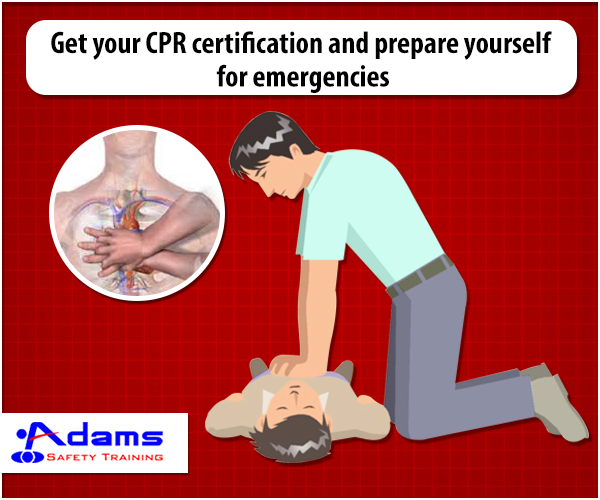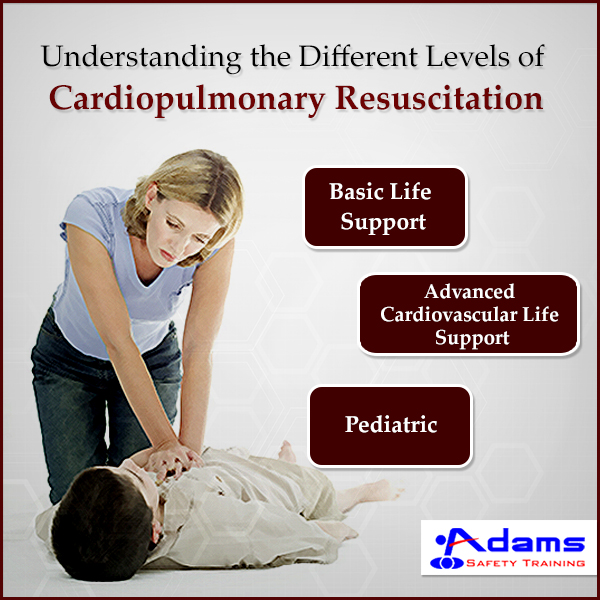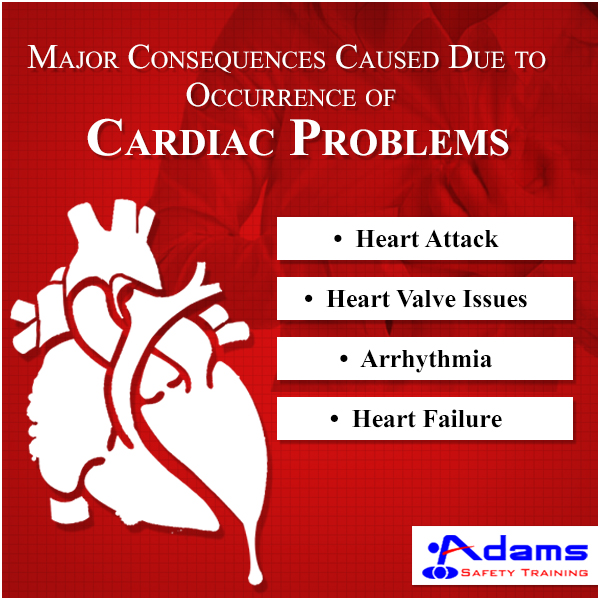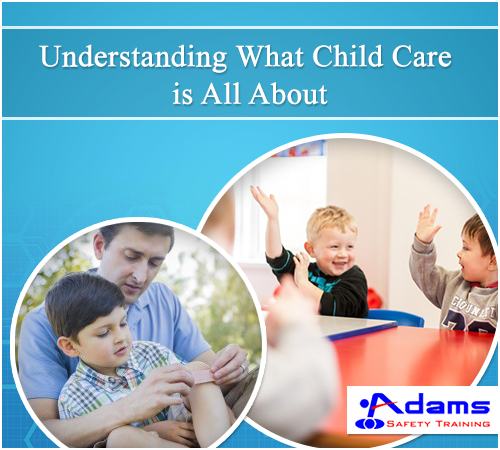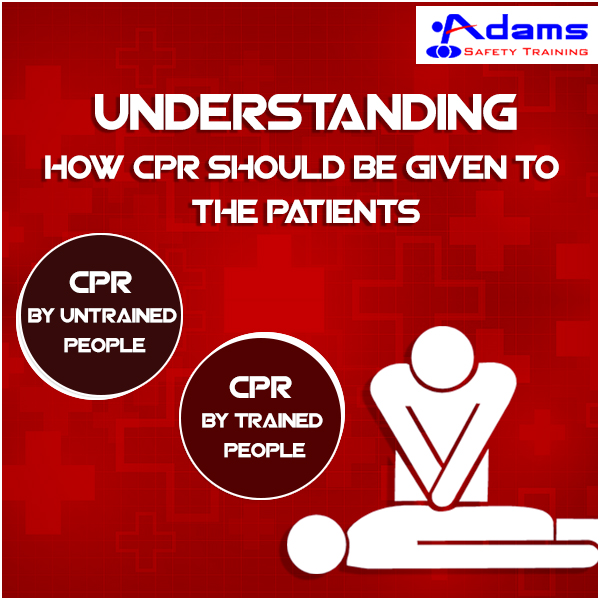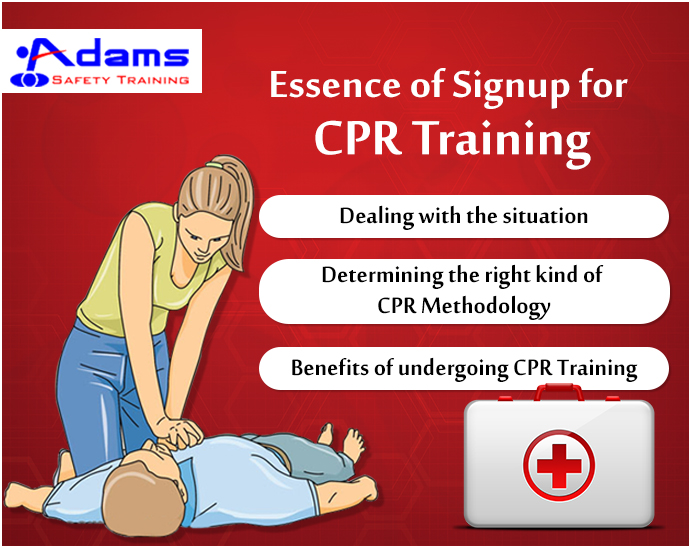Adams Safety Training is an authorized training site for California Emergency Medical Service Authority, (EMSA), Medic First Aid, American Safety & Health Institute (ASHI), and American Heart Association. It provides First Aid Training, CPR Classes, and BLS training to the entire San Francisco Bay Area.
This text is written with the aim of providing information about training courses and classes offered by Adams safety training.
It provides CPR training classes with minimal costs. All the equipments and material provided are included in that cost. No extra fee and contracts are involved.
The onsite training program is also available for the group of 10 or more in Northern California at the location of your choice. For healthcare classes certificates are issued. Along with BLS and CPR health care providers are also taught AED.
Adams Safety training is certified and approved by the State of California Emergency Medical Services Authority to provide child care classes in its day care centre.
There are lot of fraud instructors and trainers who do not compliance with EMSA training. You should be aware and do not take risks when comes to safety of your loved ones.
The goal of Adams safety is to provide low cost and best quality CPR training.


